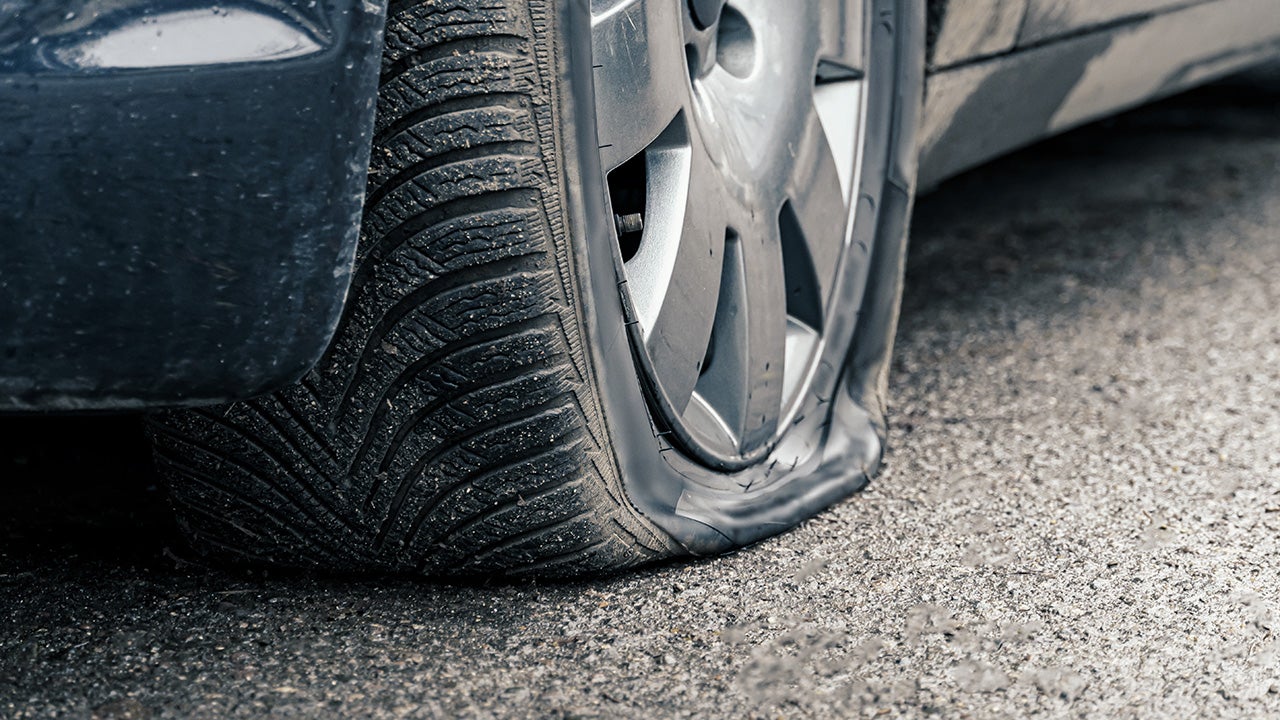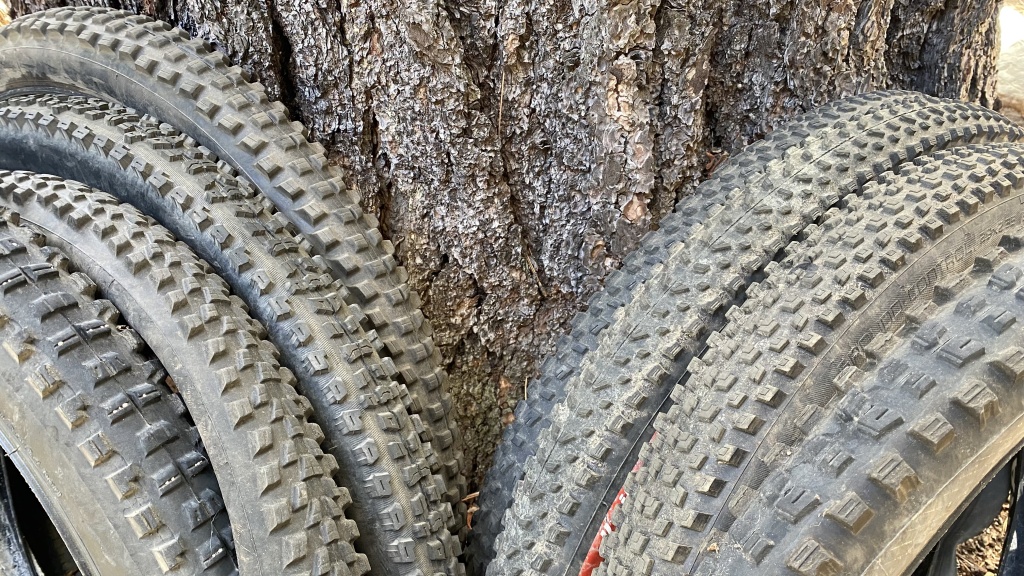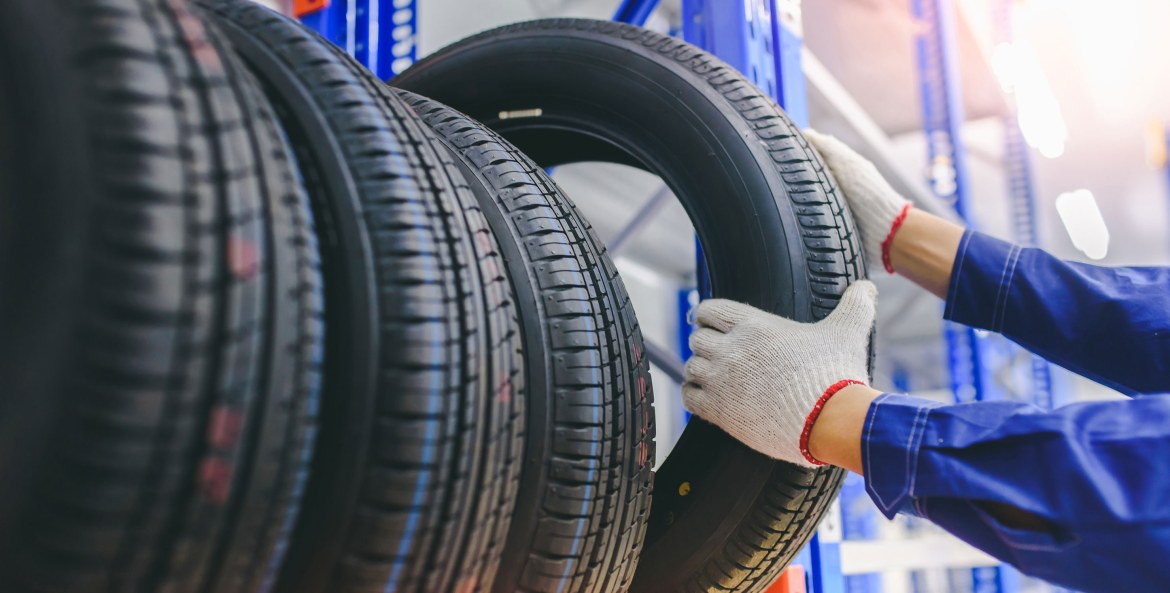All Categories
Featured
Table of Contents
I had the ability to get 100 hours out of one of these tires, and while it had definitely no tire lugs left on it, the soft compound made it function really wellas long as I was making use of a soft mousse. Kitt Stringer photo Easy mounting - 3Wear - 3Sidewall strength - 3Performance on roots - 4Performance on wet rocks - 2Traction on dirt - 5Cornering ability - 4Traction while stopping - 4Self-clearing of dust and mud - 3Performance in mud - 3Overall predictability or monitoring - 3 _ 37 Verdict: This is an excellent well-rounded tire with great worth for cash.

The wear was consistent and I such as the length of time it lasted and how constant the feel was during usage. This would likewise be a good tire for faster races as the lug dimension and spacing bit in well on quick surface. Kitt Stringer picture Easy mounting - 3Wear - 3Sidewall strength - 3Performance on roots - 4Performance on damp rocks - 4Traction on dust - 4Cornering capacity - 4Traction while braking - 5Self-clearing of dust and mud - 4Performance in mud - 4Overall predictability or tracking - 4_42 Conclusion: I liked this tire a great deal.
If I had to acquire a tire for tough enduro, this would remain in my top selection. Easy installing - 3Wear - 3Sidewall strength - 3Performance on origins - 4Performance on wet rocks - 3Traction on dust - 4Cornering capacity - 3Traction while stopping - 3Self-clearing of dirt and mud - 4Performance in mud - 4Overall predictability or tracking - 3 _ 34 Final thought: This tire was really soft and pliable.
All the gummy tires I examined carried out relatively close for the initial 10 hours approximately, with the victors going to the softer tires that had far better traction on rocks (Discount car tyres). Acquiring a gummy tire will most definitely offer you a solid benefit over a regular soft compound tire, however you do spend for that advantage with quicker wear
Affordable Wheel Alignment Services
This is a suitable tire for springtime and fall conditions where the dirt is soft with some dampness still in it. These tried and tested race tires are terrific all about, yet wear swiftly.
My total victor for a tough enduro tire. If I needed to invest cash on a tire for daily training and riding, I would certainly select this set.
Affordable Tyre Safety Near Me (Koondoola WA)
I have actually been running a set of Michelin Power Pilot 2CT's on my track Daytona 675 for the past year. In that time I have done 15 track days in all weather conditions from cold wet to super hot and these tires have never ever missed out on a beat. Tyre rotation services. I have actually done almost 2,000 miles (3,200 kilometres) on them and as you can see from this shot of the front taken after first session of my 15th track day on them, they still have rather a great deal of rubber left on them
Simply put the 2CT is an amazing track day tire. If you're the sort of biker that is likely to come across both damp and completely dry problems and is beginning on the right track days as I was last year, after that I think you'll be tough pushed to locate a far better worth for money and experienced tyre than the 2CT; a set of which will set you back around 185 (US$ 300) in the UK.
Generating a much better all round road/track tire than the 2CT should have been a tough job for Michelin. The outcome of that initiative is the Michelin Pilot Power 3 which basically changes the Pure. Do not perplex this new tire with the road going Pilot Roadway 3 which is not designed for track use (although some motorcyclists do).
When the Pilot Power 3 released, Michelin advised it as a 50:50% roadway: track tire. All the cyclist reports that I've checked out for the tire rate it as a much better tire than the 2CT in all areas however especially in the wet.
Best Wheel Alignment – Wanneroo 6064 WA
Technically there are plenty of differences between the 2 tyres although both use a dual compound. Aesthetically you can see that the 2CT has fewer grooves cut into the tyre however that the grooves go to the side of the tyre. The Pilot Power 3 has more grooves for far better water dispersal however these grooves don't reach the shoulder of the tire.
One element of the Pilot Power 3 which is different to the 2CT is the new 2CT+ technology which extends the harder center section under the softer shoulders (on the rear tire). This must give a lot more security and lower any type of "squirm" when accelerating out of edges in spite of the lighter weight and even more adaptable nature of this new tyre.

Although I was a little uncertain about these reduced stress, it ended up that they were fine and the tires executed really well on course, and the rubber looked far better for it at the end of the day. Equally as a factor of referral, various other (fast team) motorcyclists running Metzeler Racetecs were using tyre pressures around 22-24 psi for the back and 24-27 psi on the front.
Developing a much better all round road/track tire than the 2CT should have been a tough job for Michelin. The result of that initiative is the Michelin Pilot Power 3 which basically replaces the Pure. Don't perplex this brand-new tyre with the roadway going Pilot Road 3 which is not designed for track usage (although some motorcyclists do).
Reliable Discount Car Tyres Near Me – Wanneroo
They inspire huge self-confidence and supply outstanding hold levels in either the damp or the completely dry. When the Pilot Power 3 introduced, Michelin recommended it as a 50:50% road: track tyre. That message has lately changed because the tyres are currently recommended as 85:15% roadway: track usage instead. All the biker reports that I have actually reviewed for the tyre price it as a far better tyre than the 2CT in all areas yet specifically in the wet.

Technically there are rather a few differences between the 2 tires although both make use of a double compound. Visually you can see that the 2CT has fewer grooves cut into the tire however that the grooves go to the edge of the tyre. The Pilot Power 3 has more grooves for better water dispersal yet these grooves don't reach the shoulder of the tyre.
One facet of the Pilot Power 3 which is different to the 2CT is the new 2CT+ modern technology which prolongs the harder middle area under the softer shoulders (on the back tyre). This need to provide extra stability and reduce any "squirm" when increasing out of corners in spite of the lighter weight and more versatile nature of this new tire.
Although I was somewhat suspicious concerning these lower pressures, it turned out that they were great and the tires done truly well on course, and the rubber looked far better for it at the end of the day. Just as a point of reference, other (quick group) bikers running Metzeler Racetecs were utilizing tire pressures around 22-24 psi for the rear and 24-27 psi on the front
Latest Posts
Best Wheel Balancing Near Me
Best Tyre Balancing (Wangara WA)
Tyre Rotation Services – Lockridge WA